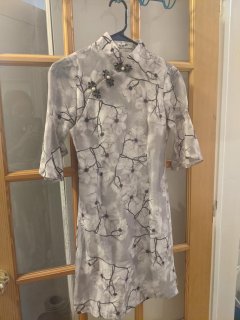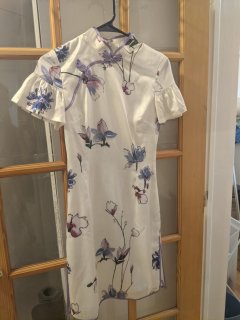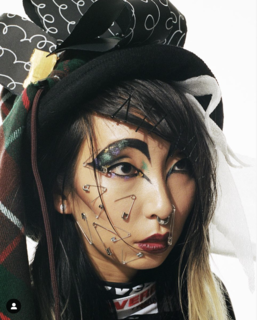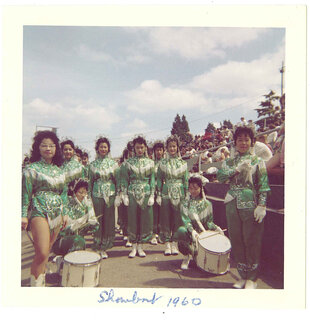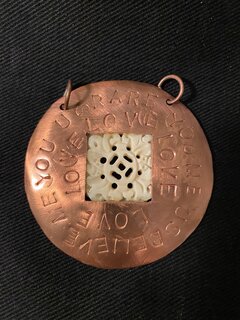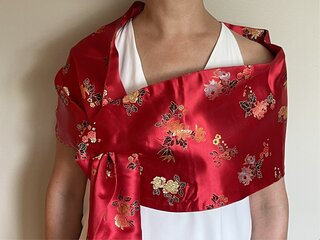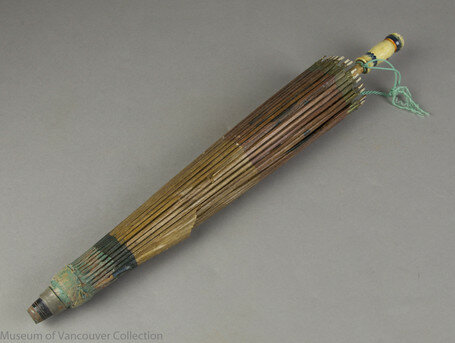
This parasol was from the wardrobe of Ms. Lillian Ho Wong, a Vancouver-based Chinese Canadian woman born in 1895. Wong used this parasol from around 1900 to 1950. Parasol has a long history of Chinese nobility culture and fashion. Initially, they were made from natural resources such as bamboo and tree leaves. Later, technological developments allowed the canopy to be made of animal skin and other synthetic materials. Due to its high manufacturing cost and limited resources, parasols were used exclusively by nobilities, clergies, and royalties in its early days. Parasol could protect users from the sun and tanning. As noble people valued pale skin over tanned skin, parasols gained popularity as a fashionable accessory. Carrying a parasol soon became a symbol of wealth and power. However, people’s attitudes toward tanned skin took a complete flip in the 1930s. Tanned skin symbolized outdoor leisure time, which was a statement of high social status.
